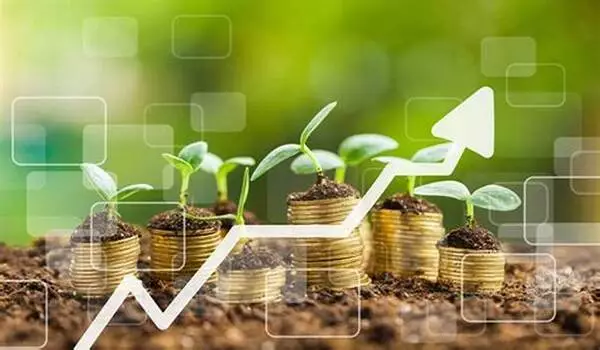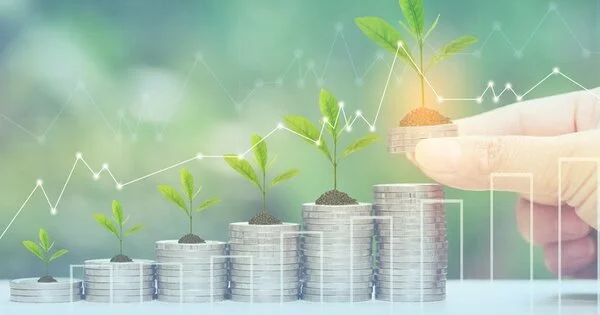Investing in nature can result in a variety of benefits, including increased equity and a boost to the economy. According to a new study, current environmental degradation trends will result in large economic losses in the coming decades, disproportionately affecting the poorest countries. But there is some good news: investing in nature can turn those losses into profits.
The findings were published in the Proceedings of the National Academy of Sciences by researchers from the University of Minnesota and Purdue University. To capture interactions between the economy and the environment, the team created a first-of-its-kind global earth-economy model. These interactions are critical because they include how nature benefits humans by pollinating crops, providing timber, storing carbon, and providing catch for marine fisheries, and how those benefits affect the economy as a whole.
“We have long thought of the economy and the environment as working against each other,” said Justin Johnson, an assistant professor of Applied Economics at the University of Minnesota. “Investing in nature does not stifle the economy, it boosts the economy. But it has been difficult to model those interactions until recently.”
Traditional economic models of this kind almost completely neglect the fact that the economy relies on nature. This new study required a detailed understanding of how and where land use patterns change as a result of economic activity, with enough spatial detail to understand environmental consequences of these changes.
Tom Hertel
The researchers found:
- Policy options for investing in nature resulted in annual gains of $100-350 billion (2014 USD), with low-income countries experiencing the highest percentage increases in GDP. This study looked at policy options such as eliminating agricultural subsidies, funding research to improve crop yields, and international payments from wealthy countries to poorer countries to support conservation.
- Continued trends in environmental degradation, on the other hand, would result in $75 billion in annual losses, with low-income countries suffering 0.2% GDP losses year on year.
The researchers combined a global general equilibrium economic model, GTAP (developed at Purdue University’s Center for Global Trade Analysis), with a suite of ecosystem service models, InVEST (developed at Stanford University’s Natural Capital Project). GTAP and InVEST are both widely used across the world by governments, non-governmental organizations, and the private sector, but putting them together was a significant undertaking.

“Traditional economic models of this kind almost completely neglect the fact that the economy relies on nature,” said Tom Hertel, a distinguished professor of Agricultural Economics at Purdue University. “This new study required a detailed understanding of how and where land use patterns change as a result of economic activity, with enough spatial detail to understand the environmental consequences of these changes. It is a huge achievement.”
The findings of this study highlight how environmental public goods and services are frequently most important for the world’s poorest, who have less access to alternative options when the environment is degraded. As a result, investing in nature tends to make the world more equitable. Despite the fact that this study only looks at a small subset of the ways in which the economy and the environment interact, it finds strikingly large effects.
“Of course, nature provides much more than pollinators, timber, carbon, and fish,” Johnson explained. “In the future, our work will include many more ecosystem services, resulting in much more informed decision-making.” This is just the beginning: we hope to make this type of analysis a standard tool in the toolbox of policymakers.”
It is critical to include local communities and indigenous peoples in decision-making processes in order to maximize the positive impacts of nature-based investments and ensure equitable outcomes. Engaging stakeholders and ensuring equitable benefit distribution can lead to more inclusive and long-term development strategies that promote equity and economic growth.
















